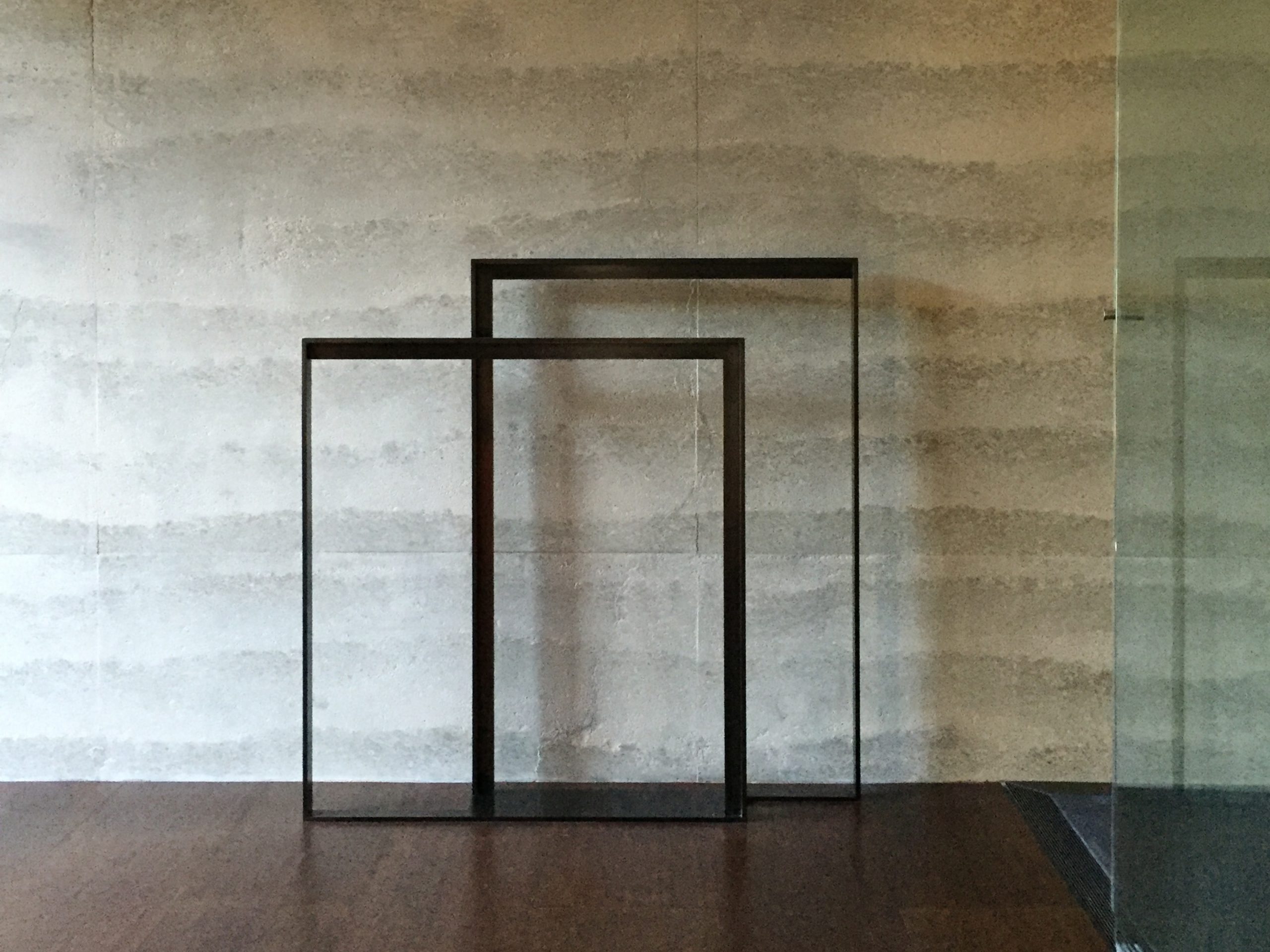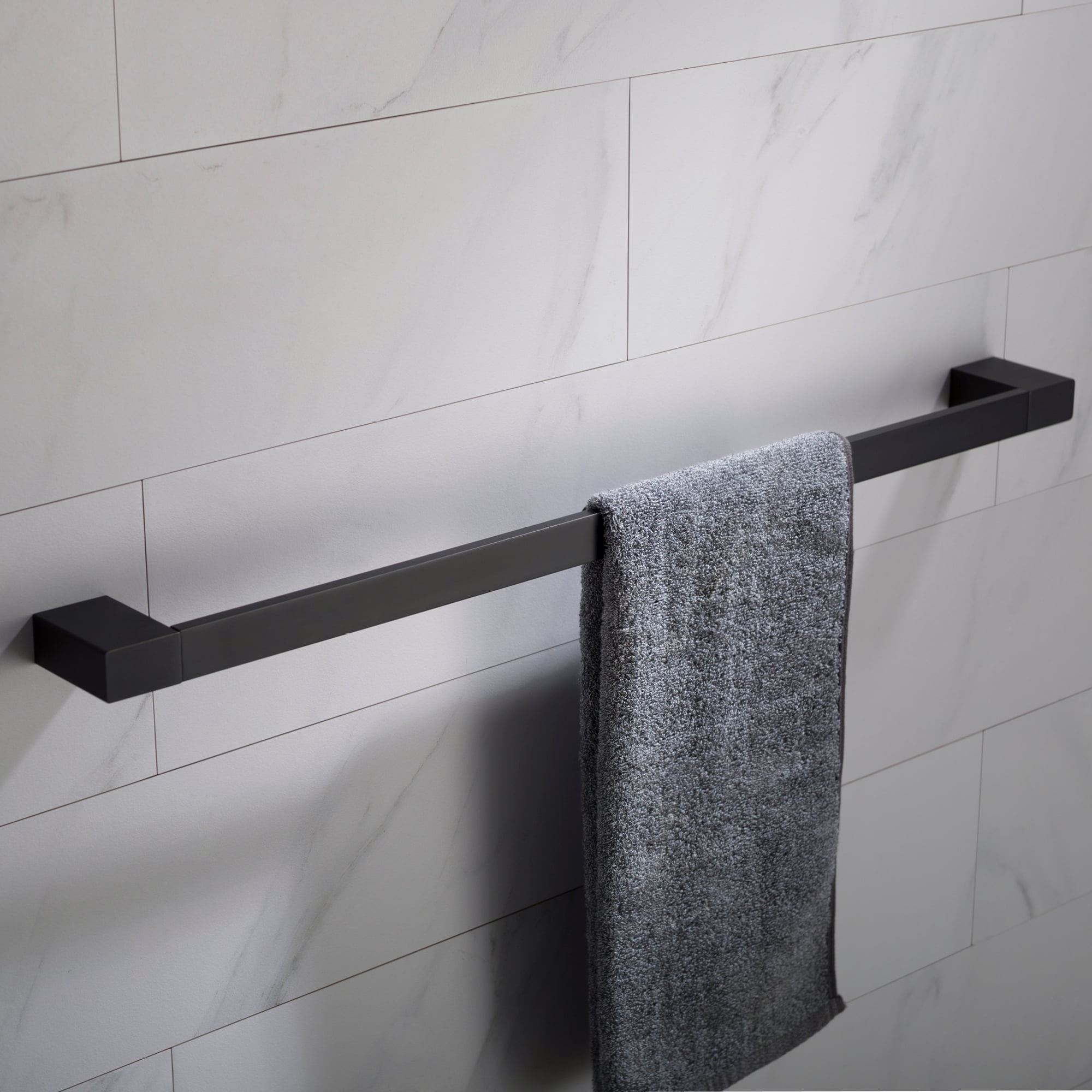Mission Style Bathroom Towel Bar Design Elements

The Mission style, known for its simplicity and craftsmanship, has found its way into bathroom design, influencing the creation of towel bars that embody its signature aesthetic. Mission style towel bars seamlessly blend functionality with a timeless appeal, adding a touch of elegance to any bathroom.
Defining Characteristics of Mission Style
Mission style, originating in the early 20th century, draws inspiration from the Spanish Colonial Revival movement. Its defining characteristics include simplicity, clean lines, and the use of natural materials. The style emphasizes functionality and a sense of craftsmanship, often incorporating elements of Arts and Crafts design.
“Mission style is characterized by its simplicity, clean lines, and use of natural materials. It is a style that emphasizes functionality and craftsmanship.”
Mission Style Design Elements in Bathroom Towel Bars, Mission style bathroom towel bar
Mission style towel bars typically feature a combination of design elements that reflect the style’s core principles.
Shape and Form
Mission style towel bars often feature square or rectangular shapes, reflecting the style’s emphasis on geometric forms. The clean lines and minimalist approach create a sense of order and balance.
Materials
Mission style towel bars are often crafted from natural materials like wood or metal. Wood, particularly dark woods like walnut or mahogany, adds warmth and a sense of traditional craftsmanship. Metal, often wrought iron or bronze, offers a more contemporary feel while still maintaining the style’s simplicity.
Ornamentation
Mission style towel bars typically feature minimal ornamentation. Any decorative elements are usually subtle and geometric, such as simple carvings or hammered metal details. The focus is on the natural beauty of the materials and the clean lines of the design.
Mission Style Bathroom Towel Bar Materials

The choice of materials for a Mission style bathroom towel bar significantly impacts its durability, aesthetics, and price. Understanding the properties of common materials can help you select the perfect towel bar for your bathroom.
Material Considerations
The most common materials used in Mission style towel bars are wood, metal, and combinations thereof. Each material offers unique advantages and disadvantages.
Wood
Wood is a popular choice for Mission style towel bars due to its natural beauty and warm aesthetic. It complements the clean lines and simplicity of the Mission style.
- Advantages:
- Natural beauty and warmth: Wood’s grain patterns and colors add a touch of elegance and sophistication to any bathroom.
- Sustainable and renewable: Wood is a natural and renewable resource, making it an eco-friendly option.
- Durability: Hardwoods like oak, maple, and walnut are known for their durability and resistance to scratches and dents.
- Disadvantages:
- Susceptibility to moisture: Wood can warp, crack, or rot if exposed to excessive moisture. Proper sealing and finishing are crucial.
- Maintenance: Wood requires regular cleaning and occasional refinishing to maintain its appearance.
- Higher price: High-quality hardwoods can be expensive, especially for custom-made towel bars.
Metal
Metal is another popular choice for Mission style towel bars, offering durability, longevity, and a range of finishes.
- Advantages:
- Durability: Metals like stainless steel, brass, and iron are highly durable and resistant to corrosion.
- Easy maintenance: Metal towel bars are typically easy to clean and require minimal maintenance.
- Versatility: Metal comes in a variety of finishes, including polished, brushed, and antique, allowing you to choose a style that complements your bathroom decor.
- Disadvantages:
- Can be cold to the touch: Metal can feel cold, especially in colder climates.
- Potential for rust: While some metals are rust-resistant, others require regular maintenance to prevent rust formation.
- May be more expensive than wood: Certain metals, such as polished brass or stainless steel, can be more expensive than wood.
Combinations
Combining wood and metal in Mission style towel bars is a popular choice that offers the best of both worlds.
- Advantages:
- Enhanced durability: Combining wood with metal provides increased strength and stability.
- Aesthetic appeal: The combination of wood and metal creates a visually appealing and unique look.
- Versatility: The use of different wood and metal combinations allows for customization and personalization.
- Disadvantages:
- Potential for mismatched styles: Careful selection of wood and metal combinations is crucial to ensure a cohesive and harmonious design.
- Higher price: Combining materials often results in a higher price compared to single-material towel bars.
Material Comparison Table
| Material | Advantages | Disadvantages | Price Range | Examples of Mission Style Towel Bars |
|---|---|---|---|---|
| Wood | Natural beauty and warmth, sustainable and renewable, durability | Susceptibility to moisture, maintenance, higher price | $50 – $200+ | Solid oak towel bar with simple, squared design, walnut towel bar with hand-carved details, maple towel bar with a natural finish |
| Metal | Durability, easy maintenance, versatility | Can be cold to the touch, potential for rust, may be more expensive than wood | $30 – $150+ | Stainless steel towel bar with a brushed finish, brass towel bar with an antique patina, wrought iron towel bar with a simple design |
| Wood and Metal | Enhanced durability, aesthetic appeal, versatility | Potential for mismatched styles, higher price | $75 – $300+ | Oak towel bar with metal accents, metal frame with wood inserts, combination of wood and metal with a minimalist design |
Mission Style Bathroom Towel Bar Installation and Maintenance

Installing a Mission style towel bar is a straightforward process that can be completed with basic tools and some simple instructions. This section will guide you through the different installation methods, providing step-by-step instructions and essential safety precautions. It will also discuss best practices for maintaining your Mission style towel bar to ensure its longevity and beauty.
Installation Methods
The method of installing a Mission style towel bar will depend on the design and your specific needs. Here are the three most common methods:
- Wall-mounted: This is the most popular method, offering a sleek and minimalist look. Wall-mounted towel bars are typically secured to the wall using screws or anchors, depending on the wall material.
- Freestanding: Freestanding towel bars offer flexibility and portability. They are typically made of heavy materials and stand independently on the floor, providing a decorative element to the bathroom.
- Shelf-mounted: Shelf-mounted towel bars are installed directly onto a shelf, often found in bathrooms with limited wall space. They offer a practical solution for maximizing space and providing a towel rack within the existing shelf setup.
Wall-Mounted Installation
Wall-mounted installation is the most common method for Mission style towel bars. Here’s a step-by-step guide:
- Choose the Location: Select a suitable location on the wall, ensuring it is sturdy and free from any obstacles.
- Mark the Location: Use a pencil to mark the desired position for the towel bar on the wall.
- Drill Pilot Holes: Drill pilot holes at the marked locations using a drill bit slightly smaller than the screw diameter.
- Secure the Mounting Plate: Attach the mounting plate to the wall using screws or anchors, ensuring it is level and securely fastened.
- Attach the Towel Bar: Attach the towel bar to the mounting plate using the provided screws or bolts.
Safety Precautions
- Wear Safety Glasses: Always wear safety glasses to protect your eyes from debris or flying particles during drilling.
- Use a Level: Ensure the towel bar is level before securing it to the wall to prevent any unevenness or tilting.
- Avoid Overtightening: Avoid overtightening screws or bolts, as this can damage the towel bar or the wall.
Maintenance
To ensure your Mission style towel bar remains beautiful and functional, follow these maintenance practices:
- Regular Cleaning: Clean the towel bar regularly with a mild soap and water solution. Avoid using abrasive cleaners or harsh chemicals that could damage the finish.
- Dry Thoroughly: After cleaning, dry the towel bar thoroughly to prevent water spots or rust formation.
- Inspect for Damage: Regularly inspect the towel bar for any signs of damage, such as loose screws or cracks. Address any issues promptly to prevent further deterioration.
